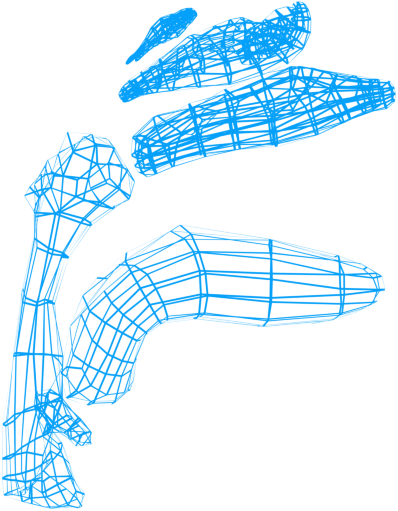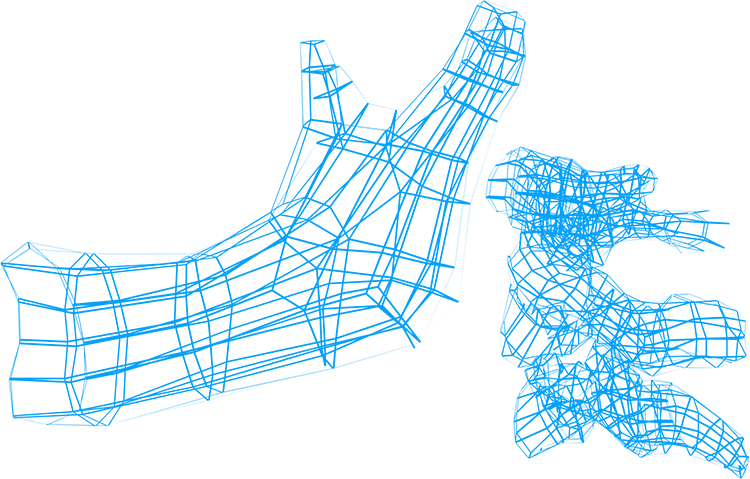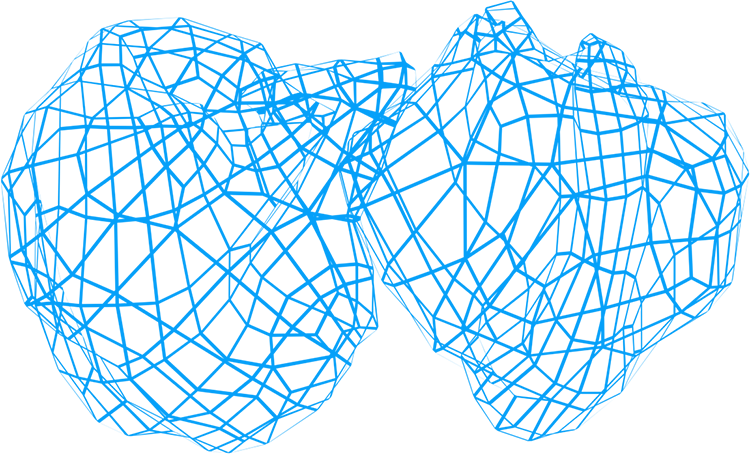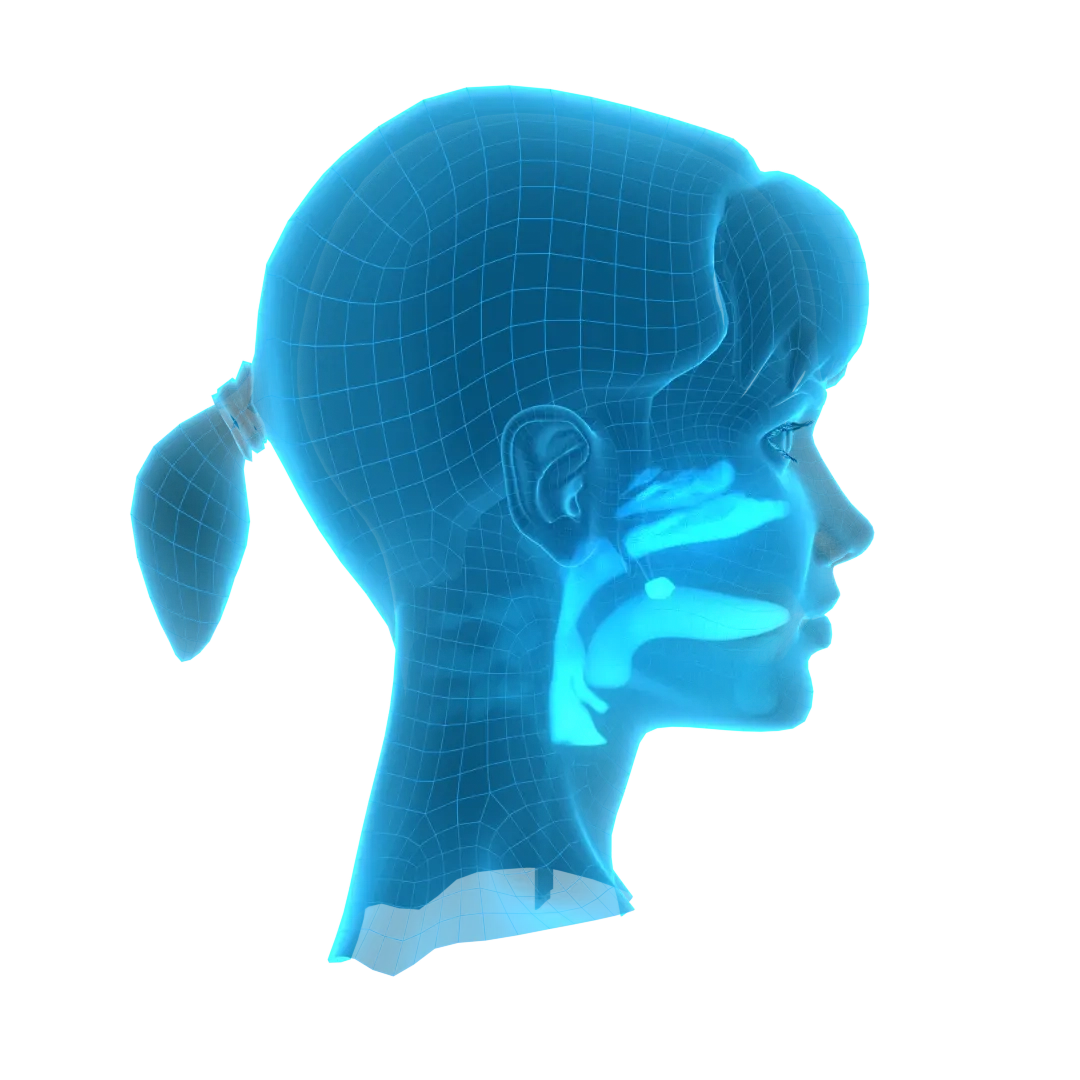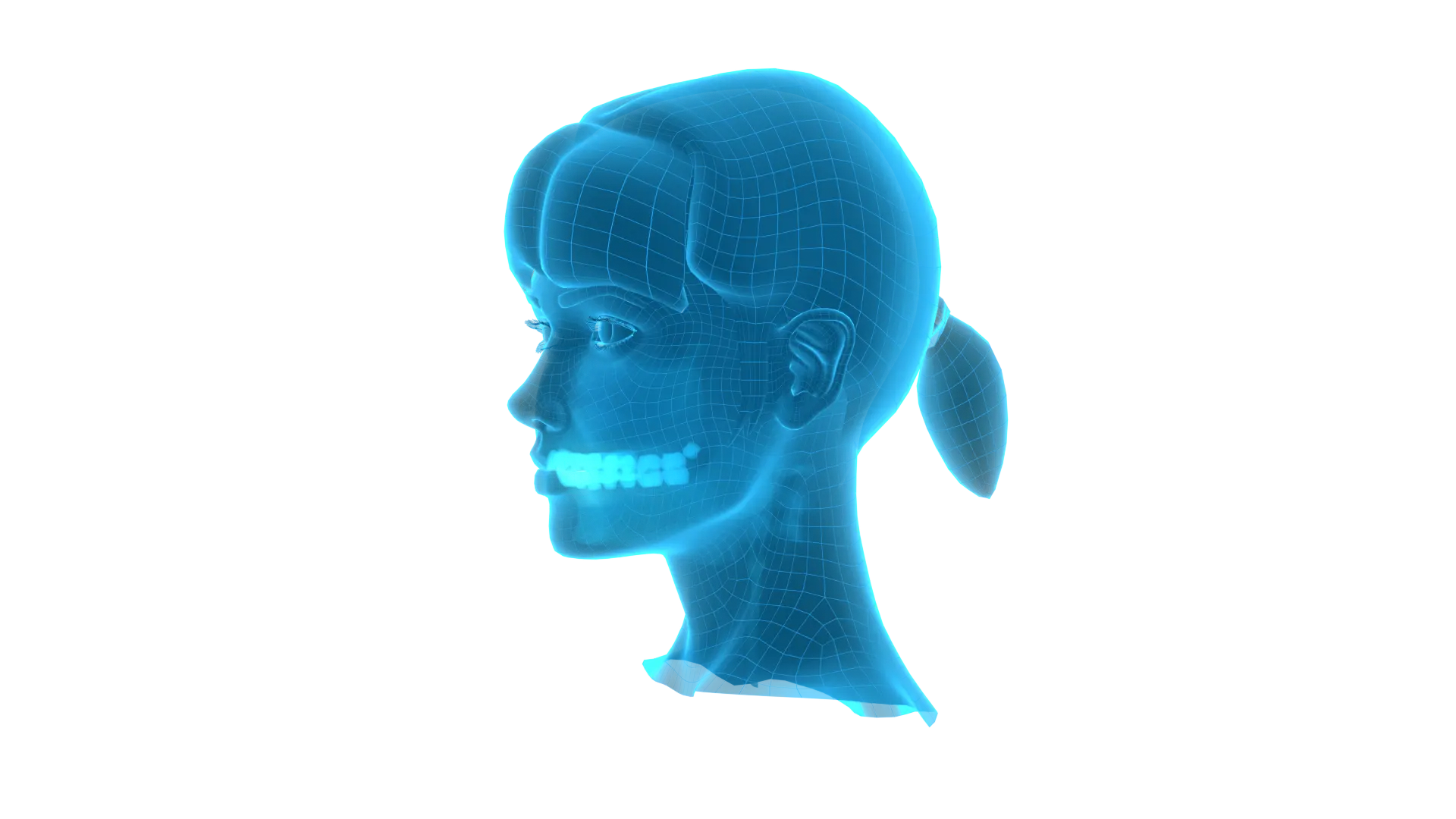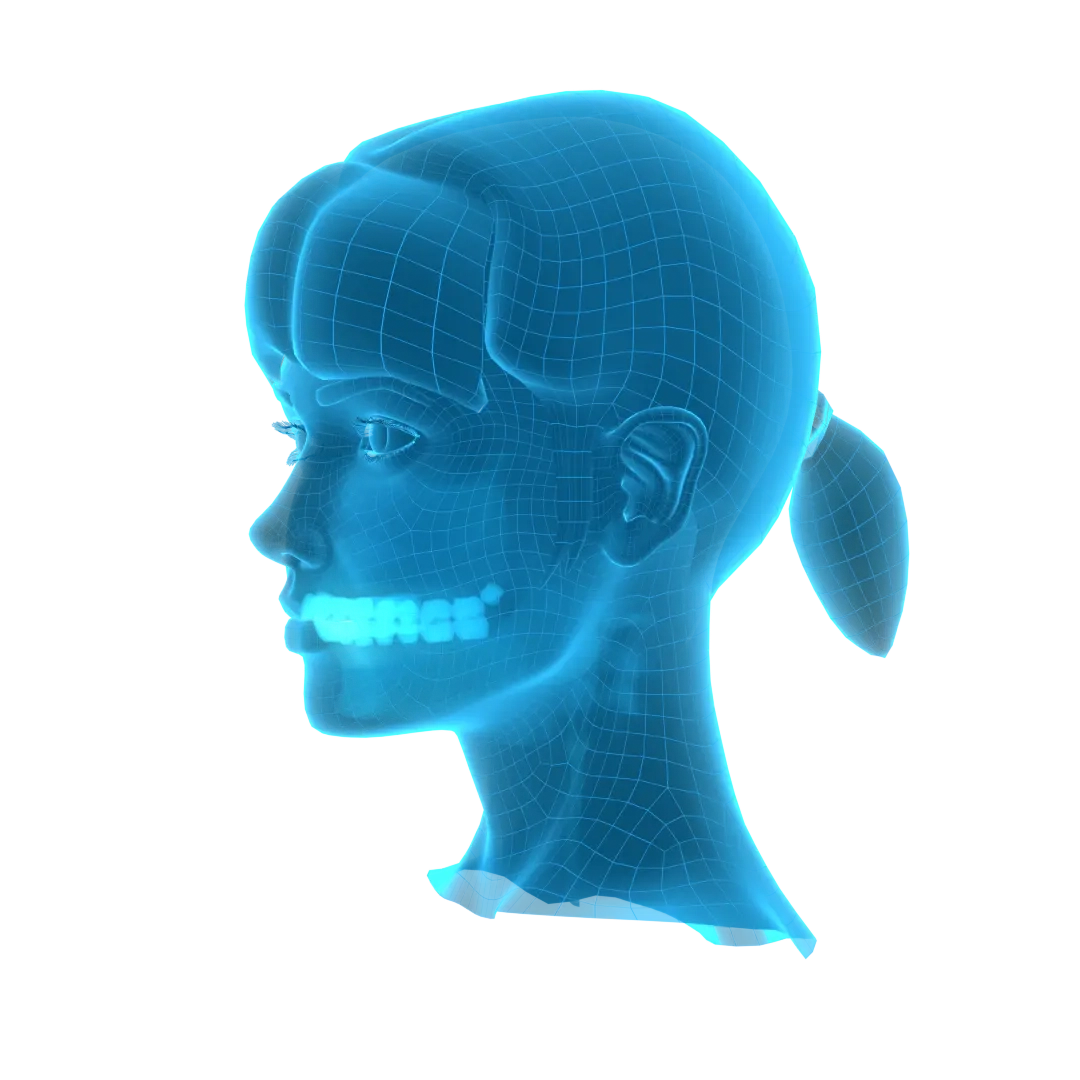AI Driven Sleep Apnea Navigation Planning for Dental Clinics
Here AI Excellence meets Dental Sleep Medicine
SharkBiit offers advanced diagnostic capabilities and personalized treatment recommendations for Obstructive Sleep Apnea (OSA), leveraging AI technology to analyze patient data and provide precise insights. Our AI-driven solution gives general dentists access to the expertise of seasoned sleep medicine professionals with decades of experience, enabling them to administer precise Sleep Apnea treatment.
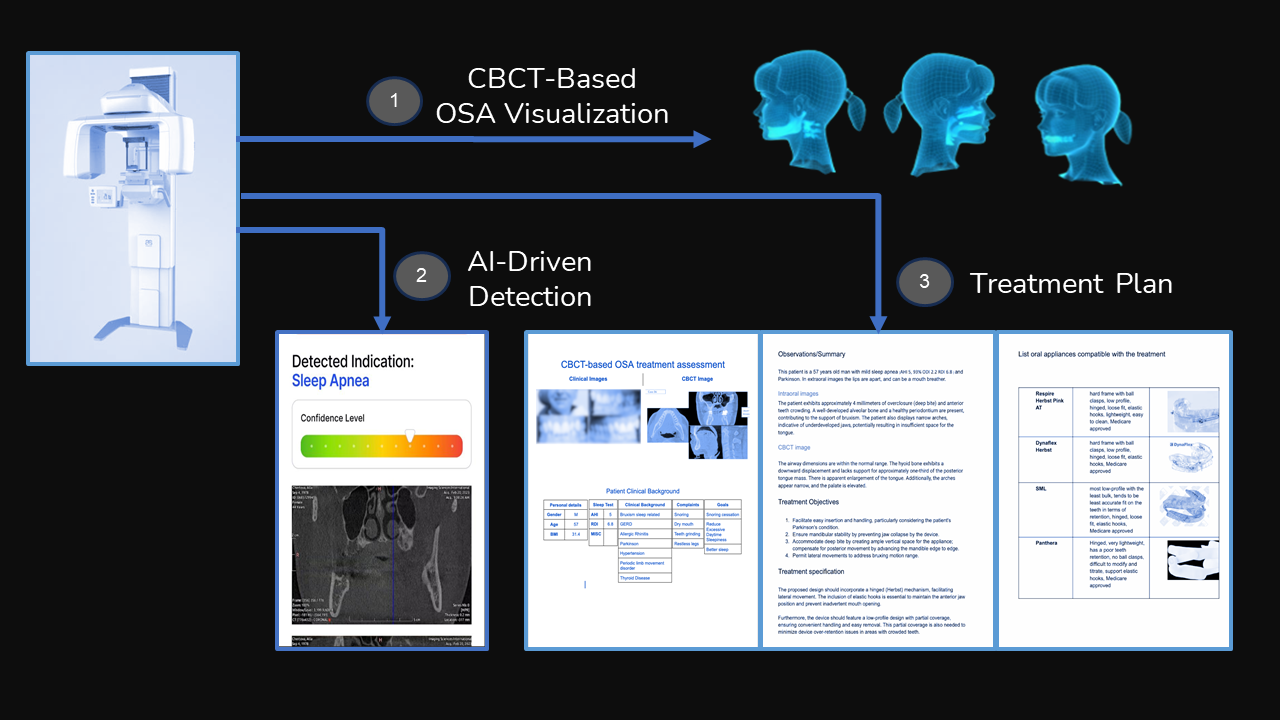
- Build a successful Sleep Dental Clinic alongside general dentistry services
- Increase value for patients and maximize referrals: offer additional health screening services, potentially uncovering undiagnosed conditions like OSA
- Access detailed AI-generated reports with CBCT interpretation specific to Sleep Apnea, combined with sleep tests, medical background, and treatment recommendations

Obstructive Sleep
Apnea (OSA)
Sleep apnea is characterized by repeated interruptions in breathing during sleep, leading to reduced oxygen flow to the brain and body. Early detection and treatment are crucial as it can lead to serious health issues such as hypertension, heart disease, stroke, diabetes and early ementia. According to recent statistics, an estimated 24 million Americans suffer from sleep apnea, with 80% of moderate and severe cases going undiagnosed.
Many patients find continuous positive airway pressure (CPAP) therapy uncomfortable and difficult to tolerate. Dentists offer efficient alternative treatment like oral appliances, but face challenges, including the need for specialized diagnostic tools, personalized treatment plans, navigating the complexities of interdisciplinary care among dental and medical professionals, and medical billing.SharkBiit AI algorithms will help practitioners detect OSA early and find an effective treatment plan before irreversible changes occur.
Temporomandibular joint dysfunction Disorder (TMJ)
Temporomandibular joint (TMJ) disorders are a group of conditions affecting the jaw joint and muscles controlling jaw movement, causing pain and dysfunction.Causes of TMD include jaw injuries, arthritis, genetics, and chronic teeth grinding (bruxism). Symptoms include jaw pain, difficulty chewing, clicking or popping sounds, and headaches.
Obstructive Sleep Apnea (OSA) can cause TMD by increasing muscle tension and clenching during sleep. Conversely, TMD can complicate OSA by affecting the airway and exacerbating breathing difficulties. Treating TMJ alongside OSA with personalized oral appliances by SharkBiit algorithms is important to ensure comprehensive management, improve patient comfort, and enhance treatment efficacy for both conditions.


Bruxism
Bruxism is the involuntary grinding or clenching of teeth, often occurring during sleep. Causes of bruxism include stress, anxiety, abnormal bite, and sleep disorders. It is commonly associated with comorbidities such as temporomandibular joint disorder (TMD), headaches, and tooth damage. Symptoms include jaw pain, headaches, worn-down teeth, and disrupted sleep. Bruxism is often linked to obstructive sleep apnea (OSA); the interrupted breathing of OSA can trigger teeth grinding as a stress response. Additionally, bruxism can exacerbate OSA and TMD, leading to more severe symptoms and complications. Treating bruxism alongside OSA with oral appliances is crucial, as it can help reduce the strain on the jaw, improve sleep quality, and enhance the overall effectiveness of OSA treatment.
SharkBiit's AI-powered platform can assist dentists in early detection of bruxism through analysis of dental CT scans, enabling more timely interventions and personalized treatment planning.

Nasal Obstruction and Sinusitis
Sinusitis is an inflammation of the sinuses, typically caused by infections, allergies, or nasal polyps, leading to symptoms like nasal congestion, facial pain, headache, and thick nasal discharge.
This condition is often comorbid with obstructive sleep apnea (OSA). OSA can exacerbate sinusitis by causing repeated episodes of low oxygen levels and negative pressure in the airway, leading to inflammation and congestion. Conversely, sinusitis can worsen OSA by obstructing nasal passages, making it harder to breathe during sleep.
Treating sinusitis or nasal obstruction is crucial when managing OSA with oral appliances because nasal congestion can reduce the effectiveness of these devices. Addressing both conditions ensures better airflow, improves sleep quality, and enhances overall treatment outcomes.

Technologies
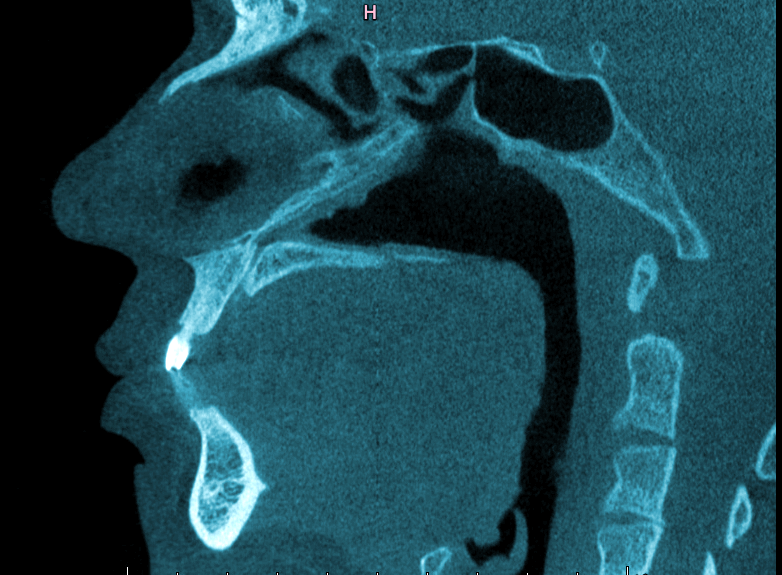
CBCT
Opportunistic diagnosis in cone beam computed tomography (CBCT) images refers to identifying and diagnosing medical conditions unrelated to the primary reason for the imaging procedure. This can occur when a doctor reviews the CBCT images for a specific purpose, such as assessing the alignment of dental implants, and notices something unusual or unexpected in the images.

Deep Learning
Deep learning is a type of machine learning that uses artificial neural networks to learn from data and make decisions. We use deep learning models that can analyze and interpret medical images, such as CT scans and X-rays, with a high degree of accuracy. Deep learning algorithms can detect patterns and features in these images that may be difficult for a human to discern.

Intraoral scanning
The intraoral scanner is an electronic device that reproduces, in 3D images, the anatomical structures of the oral cavity, like teeth, gums, palate, tongue, and cheeks, allowing the creation of a digital document of the oral cavity.
Light source from the scanner is projected onto the scan objects, such as full dental arches, and then a 3D model processed by the scanning software will be displayed in real-time on a touch screen.
Our team




Collaboration

Hadassah – University, Medical center Jerusalem,Israel

Panohacham– Imaging Institute 10 locations, Israel







